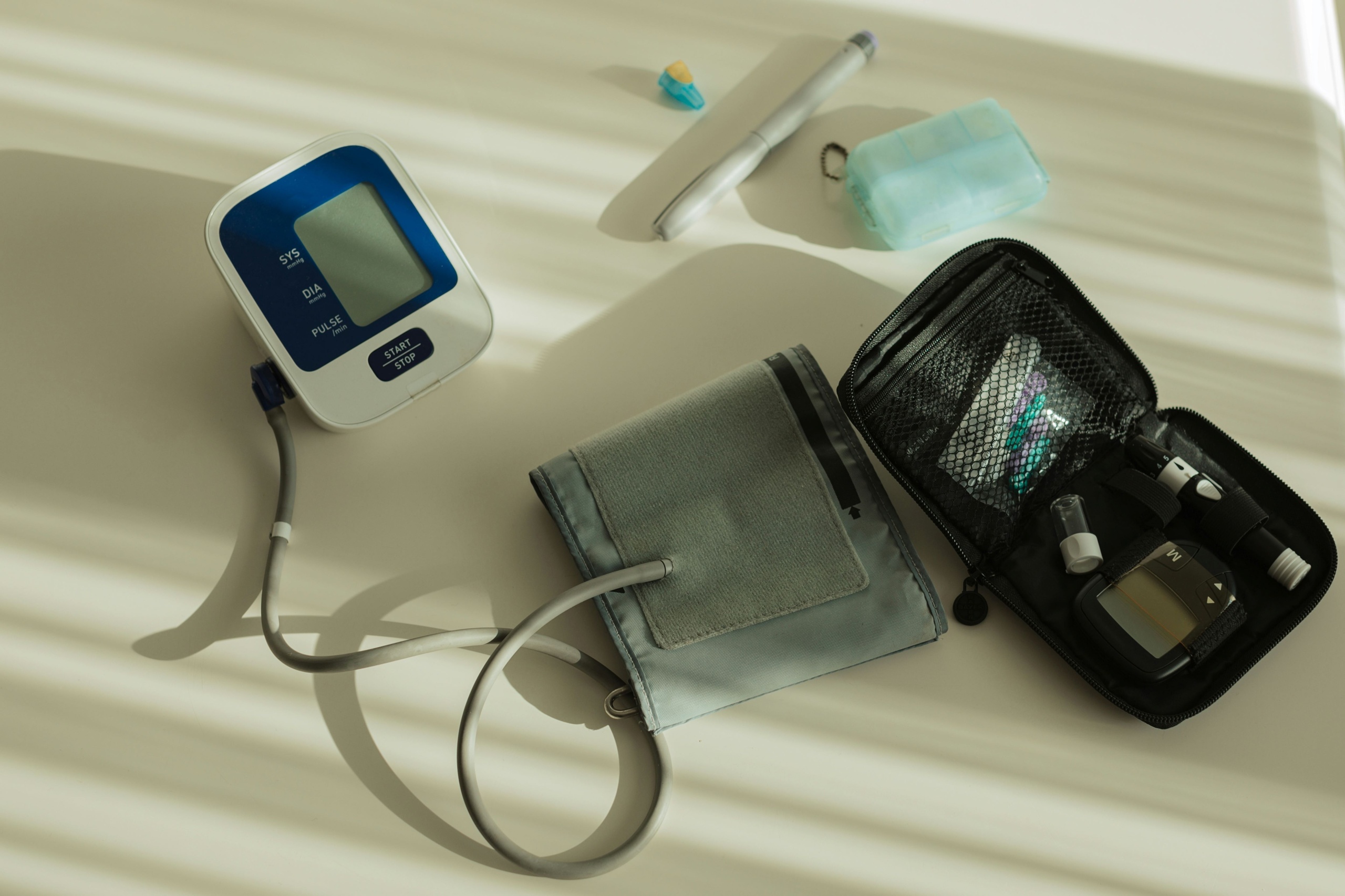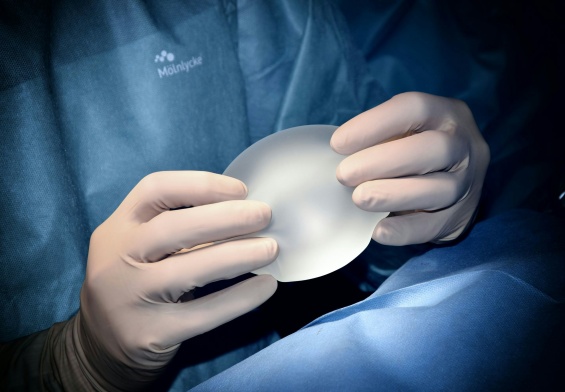In the realm of healthcare, the regulation of medical devices in Canada stands as a critical framework designed to safeguard the well-being of patients and ensure the effectiveness of medical technologies. Governed by the recommendations of the Minister of Health and pursuant to the Food and Drug Act, these regulations encompass a broad spectrum of devices, including those pivotal to in-home care. The initiative to regulate medical devices within the country was propelled by an essential need to enhance user safety, covering the sale, advertising, and importation of medical devices. This comprehensive approach ensures that devices integral to in-home care, such as diagnostic tools and therapeutic equipment, meet stringent safety and efficacy standards.
The regulations are not just about compliance; they represent a commitment to patient safety and quality care. By setting clear standards for the design, manufacture, and distribution of medical devices, Canada’s regulatory framework plays a crucial role in the healthcare ecosystem. It ensures that medical devices used in home care settings, from simple aids to complex machinery, adhere to the highest standards of safety and functionality. This regulatory oversight is vital in a healthcare landscape that increasingly relies on technological advancements to deliver patient care, especially in the comfort of one’s home.
The Genesis of Regulation
The inception of medical device regulations in Canada was driven by the imperative need to research and regulate medical devices sold within the country. This initiative was aimed at enhancing the safety of users, covering the sale, advertising, and importation of medical devices. Notably, the regulations extend to in vitro diagnostic tools, treating these products with the same rigor as in vitro diagnostic devices themselves.
Comprehensive Coverage
The regulations are comprehensive, addressing various aspects such as non-flammable medical gas piping, which must be installed in accordance with the National Standard of Canada. This ensures that medical devices used in home care settings, such as oxygen concentrators, adhere to safety standards that mitigate risks associated with gas supply.
Safety and Effectiveness
A cornerstone of the regulations is the classification of medical devices based on their intended use and potential risks. Manufacturers are obligated to demonstrate that their devices meet or exceed safety and effectiveness requirements. This involves providing objective evidence that the device is fit for its intended use, thereby ensuring that devices used in home care are both safe and effective.
Design and Manufacturing
The design and manufacturing processes of medical devices are scrutinized to minimize risks to patients. Devices must be designed to perform as intended and be effective for the medical conditions they are meant to address. This includes reducing risks to the lowest possible level and ensuring that the device’s performance does not deteriorate under normal use conditions.
Labeling and Documentation
Clear labeling is essential, providing users with information about the device, its manufacturer, and its contents. Additionally, manufacturers, importers, and distributors are required to maintain distribution records, facilitating traceability and accountability in the event of recalls or adverse events.
Regulatory Compliance
Compliance with these regulations is a multifaceted process, encompassing document control, management responsibilities, and resource management. The focus is on continuous improvement, monitoring, and measurement to ensure that medical devices meet the evolving needs of patients, particularly those receiving in-home care.
Enhancing In-Home Care
The regulations play a vital role in enhancing the quality of in-home care by ensuring that medical devices used in such settings are safe, effective, and reliable. From oxygen concentrators and nebulizers to advanced monitoring systems, the regulatory framework ensures that these devices contribute positively to the health and well-being of patients.
Conclusion: The Impact of Regulations on In-Home Care
The medical device regulations in Canada are more than just a set of rules; they are a cornerstone of the healthcare system, ensuring that medical devices, especially those used in in-home care, are safe, effective, and reliable. This regulatory framework not only protects patients but also fosters innovation, trust, and quality in the healthcare industry. As healthcare continues to evolve, with a growing emphasis on in-home care, these regulations will play an increasingly important role in shaping the future of patient care. They ensure that the benefits of medical technology can be fully realized in the safest and most effective manner possible.
Looking ahead, the continued refinement and enforcement of these regulations will be crucial in adapting to new challenges and technological advancements in healthcare. The focus on safety and effectiveness, particularly for devices used in in-home care, underscores the commitment to patient well-being and quality of life. As we move forward, the regulatory framework will undoubtedly continue to influence the development and use of medical technologies, ensuring that they meet the needs of patients and caregivers alike. In this way, Canada’s medical device regulations not only safeguard health but also empower individuals to receive high-quality care in the comfort and security of their homes, marking a significant step forward in the pursuit of excellence in healthcare.




